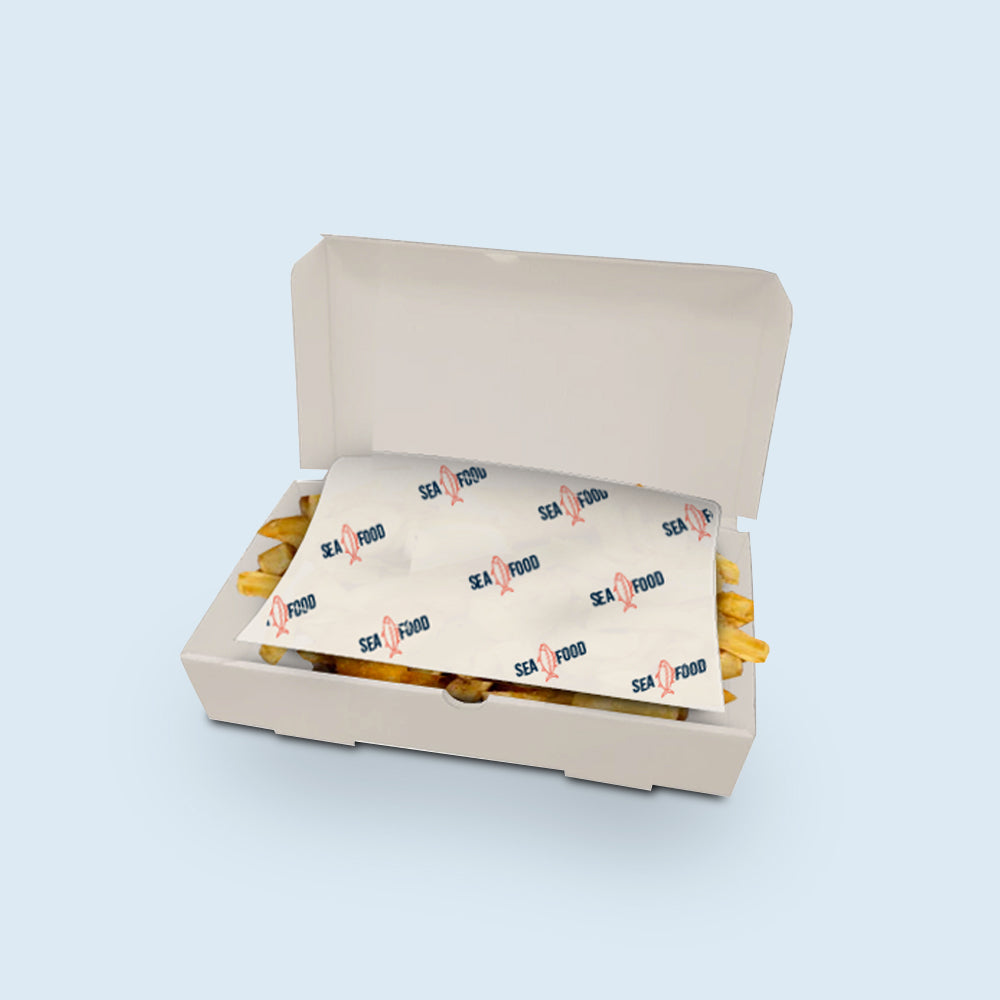The Versatility of Cling Wrap A Kitchen Essential
Cling wrap, often referred to as plastic wrap or food wrap, is one of those unsung heroes in the kitchen that we often take for granted. Whether you're a seasoned chef or someone who merely cooks to eat, cling wrap has a place in your culinary arsenal. Its ability to preserve food, maintain freshness, and facilitate meal preparation makes it an indispensable tool. In this article, we will explore the many uses, benefits, and some eco-friendly alternatives to cling wrap.
What is Cling Wrap?
Cling wrap is a thin, flexible film made from polyvinyl chloride (PVC) or low-density polyethylene (LDPE). It is designed to cling tightly to surfaces, thus creating an airtight seal. This feature is what makes cling wrap so effective for food storage. When wrapped properly, it minimizes air exposure to food items, which in turn reduces spoilage and extends shelf life. The transparency of cling wrap allows you to see what's inside without unwrapping it, making it convenient for organization.
Common Uses in the Kitchen
1. Food Preservation One of the primary uses of cling wrap is to cover leftovers or seal food items to keep them fresh. Opened containers of fruits, vegetables, and other perishables can be tightly wrapped to prevent drying out or absorbing odors from the refrigerator.
2. Marinating Cling wrap is ideal for marinating meats and vegetables. By wrapping the food tightly in plastic wrap, you can ensure that the marinade fully coats the food and that the flavors penetrate deeply without any mess.
3. Proofing Dough For those who enjoy baking, cling wrap can cover dough while it rises. This not only prevents the dough from drying out but also creates a warmer environment for yeast activation.
4. Traveling and Picnicking Cling wrap is lightweight and easy to carry, making it perfect for wrapping sandwiches, fruits, or snacks for a day out. Its secure seal ensures that food doesn’t spill or dry out while on the go.
5. Crafts and DIY Projects Beyond the kitchen, cling wrap finds use in various DIY projects. It can be used in art projects, creating texture in paint, or even for temporary surface protection.
cling wrap

Benefits of Using Cling Wrap
The advantages of using cling wrap extend beyond convenience. Here are a few prominent benefits
- Airtight Seal This helps in keeping food fresh for a longer time by reducing exposure to air, thus inhibiting spoilage. - Versatile It can wrap various food items, whether solid, liquid, or in-between. - Cost-Effective Cling wrap is relatively inexpensive, making it accessible for everyone. - Flexible and Conforming It molds to the shape of the item it covers, providing a snug fit.
Environmental Considerations
While cling wrap is incredibly useful, it does come with environmental concerns. Made predominantly from plastics, its production and disposal can lead to pollution. Many cling wraps are not recyclable due to the type of plastic used or contamination after use.
For those looking to reduce their plastic waste, several eco-friendly alternatives are available
- Beeswax Wraps These wraps are made from organic cotton infused with beeswax, jojoba oil, and tree resin. They are reusable, washable, and biodegradable, making them a sustainable choice for food storage. - Silicone Food Covers These stretchable covers can fit a variety of container shapes and sizes and are easy to clean and reuse.
- Glass Containers with Lids While not a wrap, using glass storage containers can drastically reduce reliance on plastic wrapping while keeping food fresh.
Conclusion
Cling wrap is an essential item in kitchens around the world, serving multiple functions from preserving food to simplifying meal prep. Although it poses environmental challenges, the rise of sustainable alternatives offers consumers the chance to minimize plastic waste while maintaining the practicality of food storage. By being mindful of our choices, we can continue to enjoy the benefits of cling wrap while also considering our impact on the planet.



